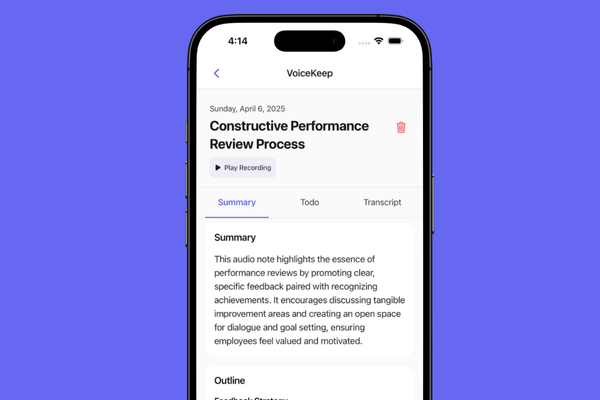Suppose you are passing data from one page to another page via URL.
If you pass the plain data, it can be read by users, they can modify it and see it to find the flaw in the system. It is better to encode the data than send plain data.
At that time you can use the JavaScript function btoa(), which stands for binary to ASCII.
This function takes a string as input and returns a base64-encoded string.
Here is an example,
Suppose you are passing the user's ID via URL, to encode the URL, the code would be as follows.

Decoding the data,
Now you can decode the encoded string to plain data, which can be done as follows:

Encoding data is important for a number of reasons:
- Security: Encoding data can help to protect sensitive information from being accessed by unauthorized parties. For example, you might encode passwords or other sensitive data before storing it in a database.
- Data integrity: Encoding data can help to ensure that it is not corrupted or modified during transit. This is especially important when sending data over the internet, as it can pass through multiple servers and networks, which can potentially cause corruption or tampering.
- Compatibility: Encoding data can help to ensure that it can be used by different systems or applications that may have different character sets or encoding schemes. For example, you might encode data in a format that can be easily read by a system that only supports ASCII characters.
- Data size: Encoding data can help to reduce its size, which can be useful when sending large amounts of data over the internet or storing it in a database.

